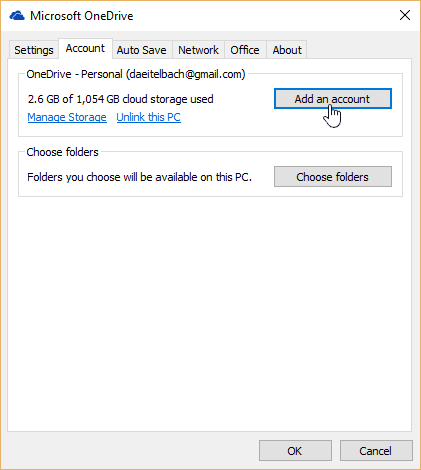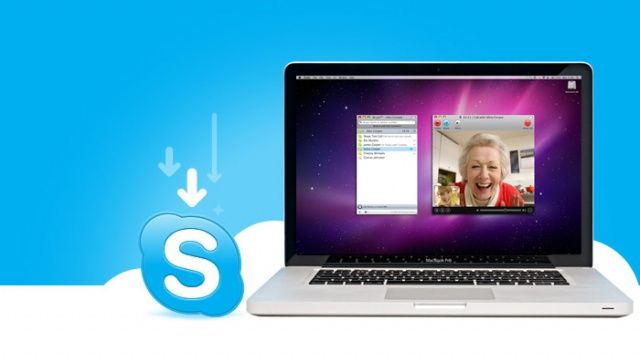-->
Signing in to Visual Studio for Mac is how you activate your subscription. When you download Visual Studio for Mac, you'll always get the Community edition by default. If you have a Professional or Enterprise license, you should sign-in on first run to unlock any additional features. In addition you'll also get the following:
Aug 04, 2014 All students to receive Microsoft Office, other benefits. August 4, 2014. Thanks to support from The Associated Students of CSU and the University Technology Fee Advisory Board, all CSU students may download, install and use Microsoft Office, free of charge, throughout their time at Colorado State. The Central IT Support Helpdesk located in the Morgan Library can provide suggestions, downloads, and support for software.; RAMtech stocks a wide selection of various software applications from providers such as Adobe, Microsoft, IBM, and more.Hardware and computers are also available for purchase at their store located in the Lory Student Center.
Access to the Visual Studio Dev Essentials program – This program includes free software offerings, training, support, and more. See Visual Studio Dev Essentials for more information.
Automatically connect to Azure in the IDE without prompting again for credentials for the same account.
When you launch Visual Studio for Mac for the first time, you're prompted to log in using a Microsoft account. Use a Microsoft account that is connected to the license that you wish to use. If you do not have a Microsoft account, see How do I sign up for an account.
If you do decide not to log in straight away, you'll be able to use an evaluation copy for 30 days. After 30 days you must log in to continue using your copy of Visual Studio for Mac.
How to sign in to Visual Studio for Mac
Tip
Make sure that you're connected to the internet before signing in to Visual Studio for Mac. > Subscriptions can only be activated online. If you're not connected, choose 'I'll do this later' and log in through the menu when you get connected.
To sign in to Visual Studio for Mac on first launch, do the following steps:
Signing Into Microsoft At Csu With Mac Computer
Click the Sign in with Microsoft button on the sign-in window:
Enter your Microsoft Credentials:
After you've logged in, you'll see an option to select keyboard shortcuts. Pick the option you wish to use and Continue. You'll then be prompted with the Visual Studio 2019 for Mac start window. From here, you can open or create a new project:
Alternatively, you can use the Visual Studio > Sign in… menu item to sign in and out at any time.

Adding multiple user accounts
Visual Studio for Mac supports adding multiple accounts to your personalization account. These additional accounts will allow you to access resources, such as Azure, from any added account.
To add additional user accounts, choose the Visual Studio > Account... menu from Visual Studio for Mac. Click the Add... button to enter additional account credentials.
View or change your profile information
Go to Visual Studio > Account… and select the My profile button.
In the browser window, choose Edit profile and change the settings that you want.
When you're done, choose Save changes.
See also
When you need to protect the privacy of an email message, encrypt it. Encrypting an email message in Outlook means it's converted from readable plain text into scrambled cipher text. Only the recipient who has the private key that matches the public key used to encrypt the message can decipher the message for reading. Any recipient without the corresponding private key, however, sees indecipherable text.


A digital signature on an e-mail message helps the recipient verify that you are the authentic sender and not an impostor. To use digital signatures, both the send and recipient must have a mail application that supports the S/MIME standard. Outlook supports the S/MIME standard.
Outlook supports two encryption options:
S/MIME encryption - To use S/MIME encryption, the sender and recipient must have a mail application that supports the S/MIME standard. Outlook supports the S/MIME standard.
Office 365 Message Encryption (Information Rights Management) - To use Office 365 Message Encryption, the sender must have Office 365 Message Encryption, which is included in the Office 365 Enterprise E3 license.
Send an encrypted message
Encrypting with S/MIME
Before you start this procedure, you must first have added a certificate to the keychain on your computer. For information about how to request a digital certificate from a certification authority, see Mac Help. You must also have a copy of each recipient's certificate saved with the contacts' entries in Outlook. For information about how to add your contacts' certificates to Outlook, see Import, export, or remove a certificate for a contact.
If your recipient is listed on an LDAP directory service, such as the global address list (GAL) used by Microsoft Exchange Server, the recipient's certificate is published to the directory service and available to you together with other contact information.
If your recipient is listed on an LDAP directory service, the recipient's certificate is published to the directory service and available to you together with other contact information.
On the Tools menu, click Accounts.
Click the account that you want to send an encrypted message from, and select Advanced > Security.
In Certificate, select the certificate that you want to use. You'll only see those certificates that you've added to the keychain for your Mac OSX user account and those certificates that are valid for digital signing or encryption. To learn more about how to add certificates to a keychain, see Mac Help.
Click OK, and then close the Accounts dialog box.
If you are on Office 365 subscriber, and on build 16.19.18110915 and higher,
In an email message, choose Options, select Encrypt and pack Encrypt with S/MIME option from the drop-down.For Outlook for Mac 2019, 2016 and 2011
In an email message, select Options > Security > Encrypt Message.
Finish composing your message, and then click Send.
Note: When you send an encrypted message, your recipient's certificate is used to encrypt his or her copy of the message. Your certificate is used to encrypt the copy that is saved to your Sent Items or Drafts folder in Outlook.
Signing Into Microsoft At Csu With Mac Free
Encrypting with Office 365 Message Encryption
If you are an Office 365 subscriber, and on build 16.19.18110915 and higher,
In an email message, choose Options, select Encrypt and pick the encryption option that has the restrictions you'd like to enforce, such as Do Not Forwardor Encrypt-Only.Note: Office 365 Message Encryption is part of the Office 365 Enterprise E3 license. Additionally, the Encrypt-Only feature (the option under the Encrypt button) is only enabled for subscribers (Office ProPlus users) that also use Exchange Online.
For Outlook for Mac 2019, 2016, and 2011
In an email message, select Options > Permissionsand pick the encryption option that has the restrictions you'd like to enforce, such as Do Not Forward.Note: The Encrypt-Only feature is not enabled in these versions of Outlook for Mac.
Send a digitally signed message
Before you start this procedure, you must have added a certificate to the keychain on your computer. For information about how to request a digital certificate from a certification authority, see Mac Help.
On the Tools menu, click Accounts.
Click the account that you want to send a digitally signed message from, and select Advanced > Security.
In Certificate, select the certificate that you want to use. You'll only see those certificates that you've added to the keychain for your Mac OSX user account and those certificates that are valid for digital signing or encryption. To learn more about how to add certificates to a keychain, see Mac Help.
Do any of the following:
To make sure that your digitally signed messages can be opened by all recipients, even if they do not have an S/MIME mail application and can't verify the certificate, select Send digitally signed messages as clear text.
To allow your recipients to send encrypted messages to you, make sure that you've selected your signing and encryption certificates, and then select Include my certificates in signed messages.
Click OK, and then close the Accounts dialog box.
If you are an Office 365 subscriber, and on build 16.19.18110402 and higher ,
In an email message, choose Options and select Sign.
For Outlook for Mac 2019, 2016 and 2011,
In an email message, select Options > Security > Digitally Sign Message.
Finish composing your message, and then click Send.